Abstract
While it is documented that many overuse injuries of the lower limb can be relieved with the use of biomechanical foot orthoses, what remains unclear is how an orthosis can produce this effect. A review of the literature indicates that biomechanical orthoses will reduce rearfoot movement, but the effect on knee function is negligible and the clinical significance of excessive rearfoot movement is yet to be proven. While many athletes may potentially benefit from the use of biomechanical orthoses, further research is necessary to justify and, if indicated, promote the use of biomechanical foot arthoses by athletes suffering from overuse injuries.
Full text
PDF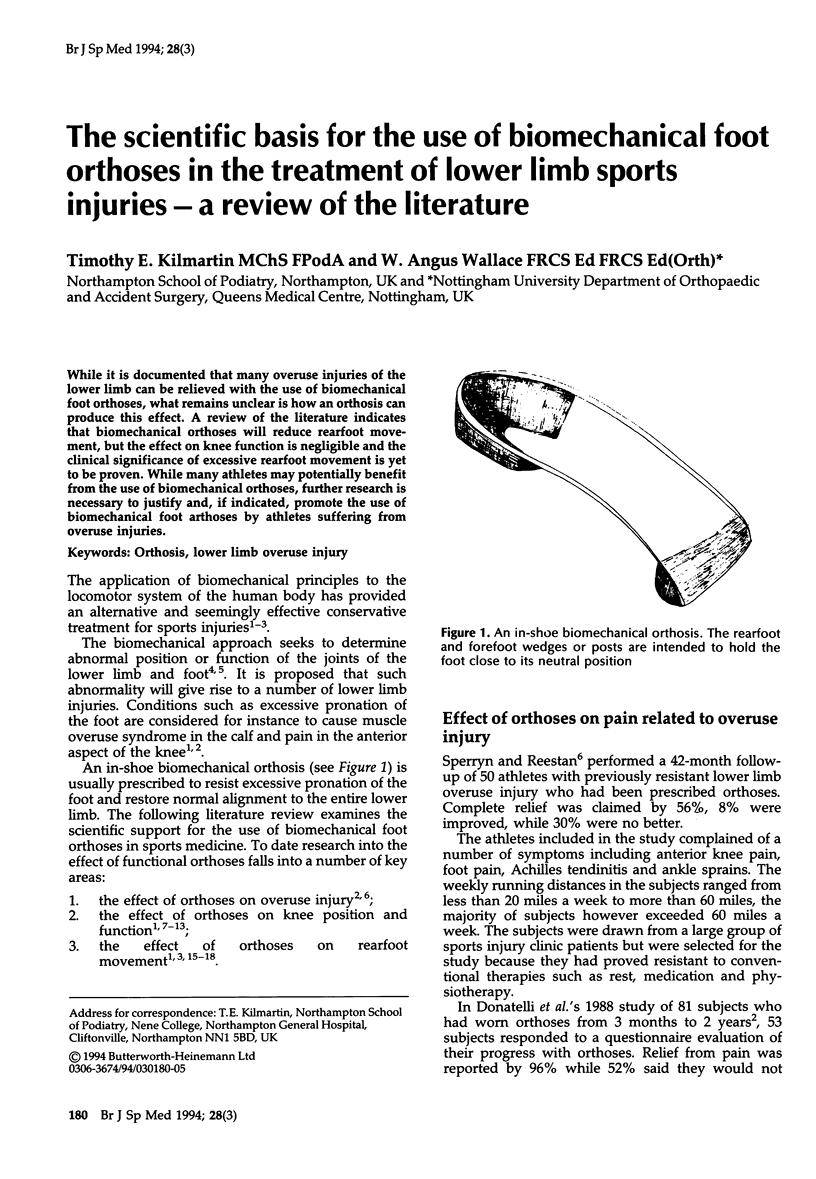
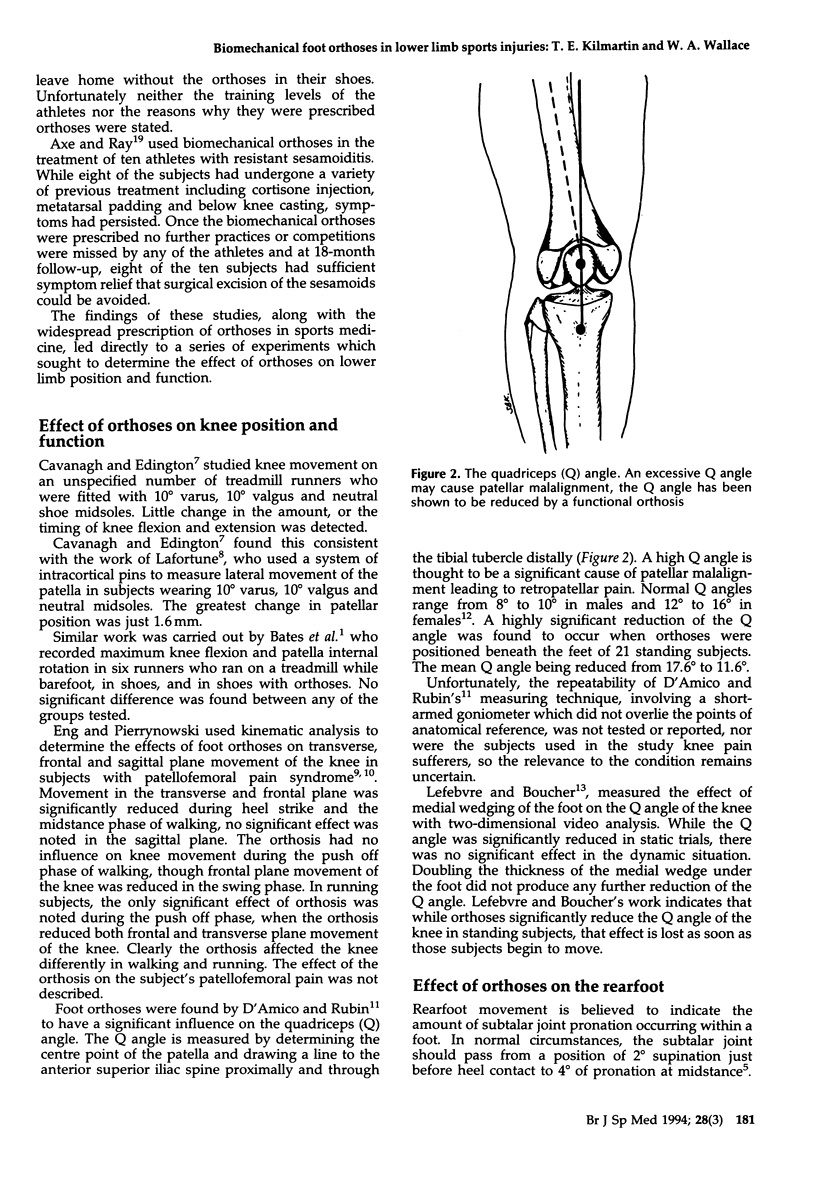
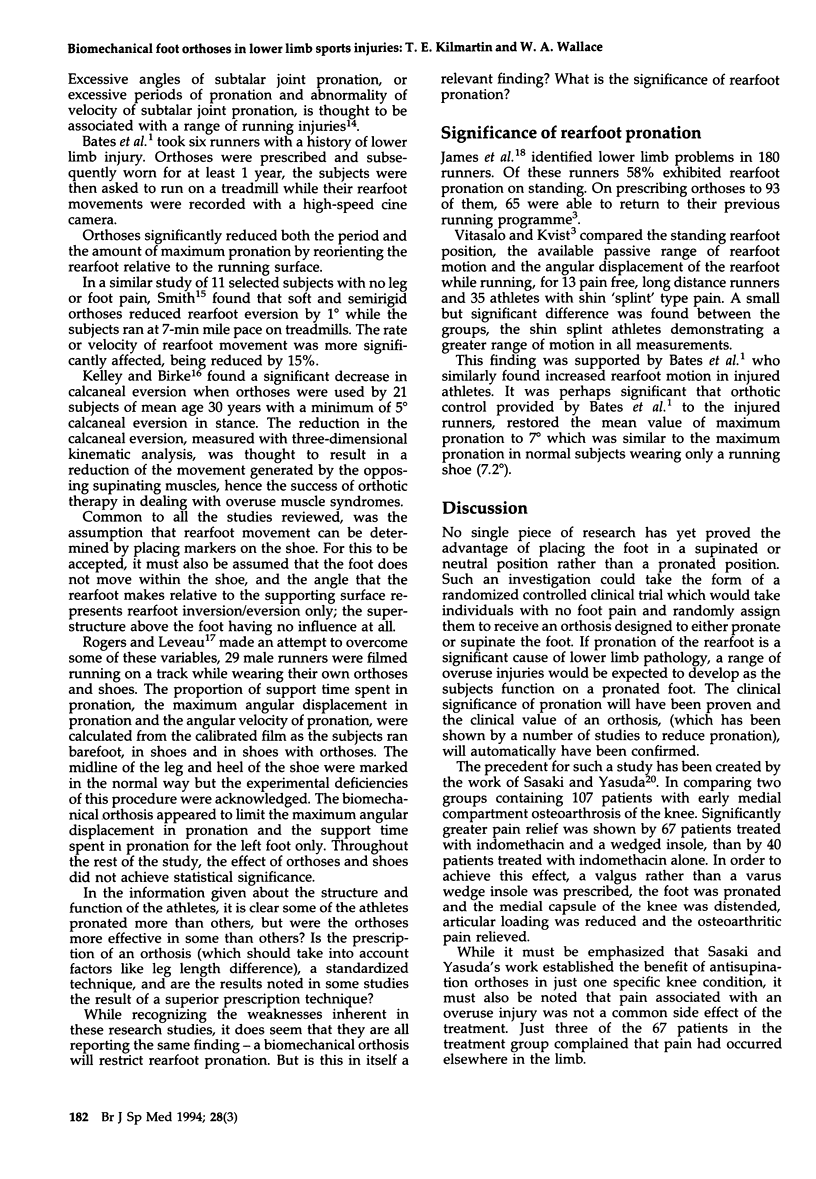
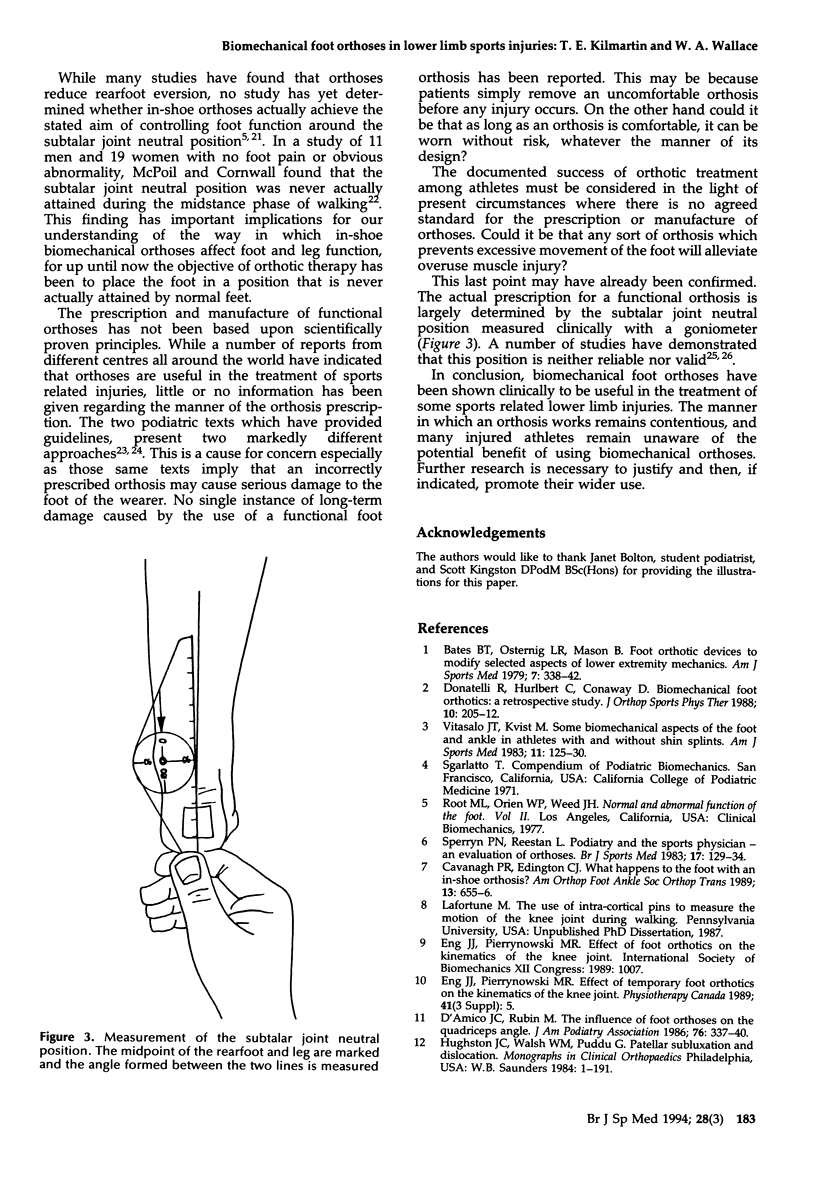
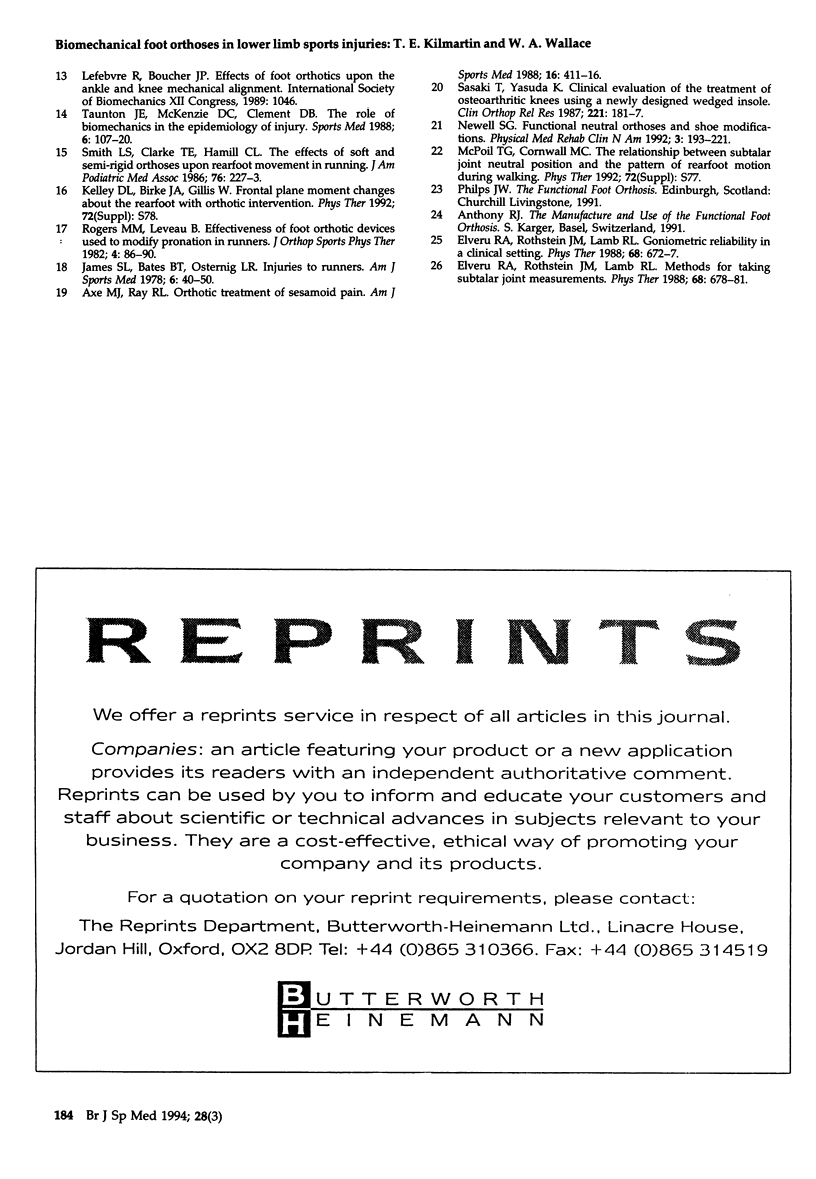
Selected References
These references are in PubMed. This may not be the complete list of references from this article.
- Axe M. J., Ray R. L. Orthotic treatment of sesamoid pain. Am J Sports Med. 1988 Jul-Aug;16(4):411–416. doi: 10.1177/036354658801600419. [DOI] [PubMed] [Google Scholar]
- Bates B. T., Osternig L. R., Mason B., James L. S. Foot orthotic devices to modify selected aspects of lower extremity mechanics. Am J Sports Med. 1979 Nov-Dec;7(6):338–342. doi: 10.1177/036354657900700606. [DOI] [PubMed] [Google Scholar]
- D'Amico J. C., Rubin M. The influence of foot orthoses on the quadriceps angle. J Am Podiatr Med Assoc. 1986 Jun;76(6):337–340. doi: 10.7547/87507315-76-6-337. [DOI] [PubMed] [Google Scholar]
- Elveru R. A., Rothstein J. M., Lamb R. L. Goniometric reliability in a clinical setting. Subtalar and ankle joint measurements. Phys Ther. 1988 May;68(5):672–677. doi: 10.1093/ptj/68.5.672. [DOI] [PubMed] [Google Scholar]
- Elveru R. A., Rothstein J. M., Lamb R. L., Riddle D. L. Methods for taking subtalar joint measurements. A clinical report. Phys Ther. 1988 May;68(5):678–682. doi: 10.1093/ptj/68.5.678. [DOI] [PubMed] [Google Scholar]
- James S. L., Bates B. T., Osternig L. R. Injuries to runners. Am J Sports Med. 1978 Mar-Apr;6(2):40–50. doi: 10.1177/036354657800600202. [DOI] [PubMed] [Google Scholar]
- Sasaki T., Yasuda K. Clinical evaluation of the treatment of osteoarthritic knees using a newly designed wedged insole. Clin Orthop Relat Res. 1987 Aug;(221):181–187. [PubMed] [Google Scholar]
- Smith L. S., Clarke T. E., Hamill C. L., Santopietro F. The effects of soft and semi-rigid orthoses upon rearfoot movement in running. J Am Podiatr Med Assoc. 1986 Apr;76(4):227–233. doi: 10.7547/87507315-76-4-227. [DOI] [PubMed] [Google Scholar]
- Sperryn P. N., Restan L. Podiatry and the sports physician--an evaluation of orthoses. Br J Sports Med. 1983 Dec;17(4):129–134. doi: 10.1136/bjsm.17.4.129. [DOI] [PMC free article] [PubMed] [Google Scholar]
- Taunton J. E., McKenzie D. C., Clement D. B. The role of biomechanics in the epidemiology of injuries. Sports Med. 1988 Aug;6(2):107–120. doi: 10.2165/00007256-198806020-00005. [DOI] [PubMed] [Google Scholar]
- Viitasalo J. T., Kvist M. Some biomechanical aspects of the foot and ankle in athletes with and without shin splints. Am J Sports Med. 1983 May-Jun;11(3):125–130. doi: 10.1177/036354658301100304. [DOI] [PubMed] [Google Scholar]


